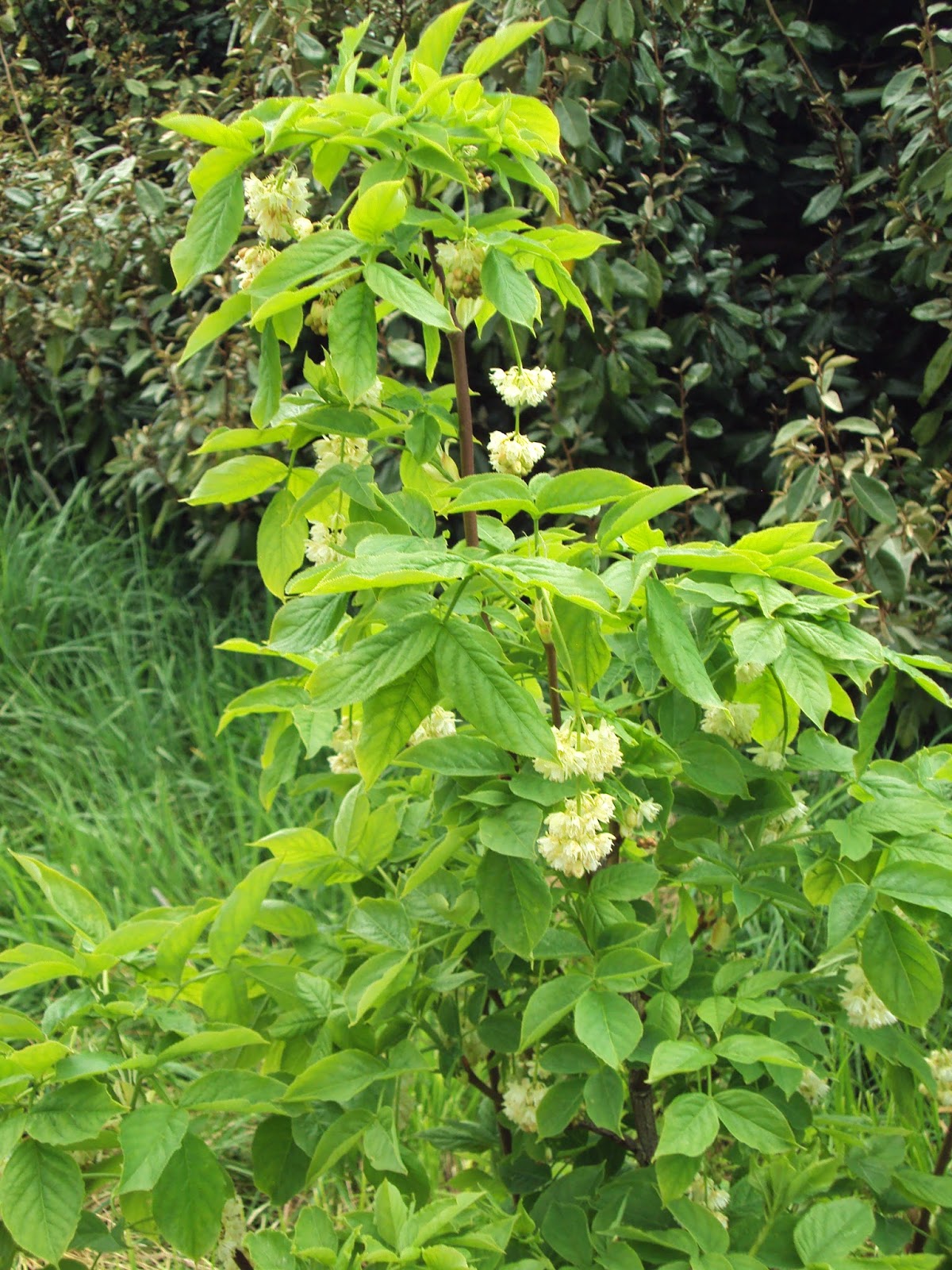So its time for my annual holiday a couple of weeks in the Highlands of bonnie Scotland will do nicely, lets face it the weather this summer has been fantastic so no need to drag myself off to sunnier climbs.
Here are a few pics of the plants and their produce that I have enjoyed this Autumn.
 |
| Hawthorn crataegus ellwangeriana produce lovely large haws with an apple flavour. |
 |
| crab apple Golden Hornet nice for jelly but leave some for the birds |
 |
| pear Doyenne du Comice like many pears they need to be picked unripe and checked every day, but the trouble is worth while. |
 |
| Medlar Large Russian another one to ripen indoors although this year I had several ripen on the tree. |
 |
| crataegus Schraderiana another delicious hawthorn with a sweeter taste and maturing later than Ellwangeriana and more prolific. |
 |
| the amazing Chokeberry or better described as Aronia stacked with vitamins and minerals, mature plants will happily produce 8/10Kg per bush. |
What a strange year we have had, the warmest Jan to October ever recorded, last winter was the wettest on record and in my part of Pembrokeshire no meaningful frosts. It is looking like this winter is heading for another wet one. On top of all this there are sightings of many birds, butterflies and moths that are rarely found here. Last week the first week in November I saw some House Martins still foraging for flies and to my surprise last Sunday I saw a female Black Redstart foraging among the fallen apples. Its all down to, yes Global Warming. Its here and its going to get warmer and wetter so its important that those involved in Agroforestry and in fact in agriculture to start planting specis that are better suited to the changing conditions.
I have been planning for GW within the structure of the FG and am patiently waiting for trees such as Pecan ,Almond, Castanea Pumilla, apricot and date plum to flower and fruit.
So is there something we can do to mitigate the inevitable progress of GW, well yes there is.
Garden organically, reduce our own use and dependency on oil based products at home and work. Put solar panels and PV panels on our roof space. Buy our electricity from companies like Ecotricity and vote for parties that have clear greening anti warming policies, lets face it our main political parties have failed completely to lead us through the GW complex with any credit at all so its time for change.
What do you think, I would love to hear your comments, leave them below or via my Facebook page.
 |
| Aronia in Autumn to finish the blog. |




































